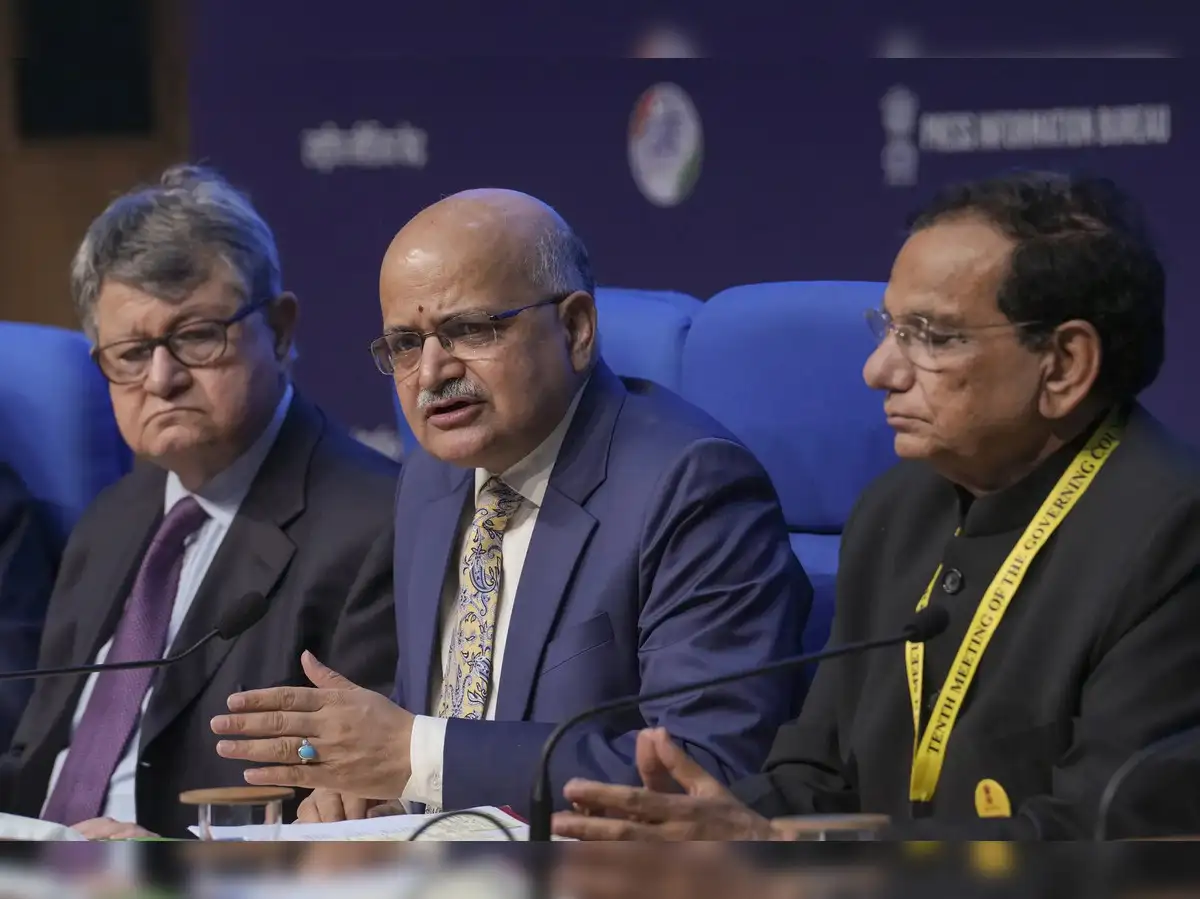Marking a major milestone in its economic ascent, India has officially surpassed Japan to become the fourth-largest economy in the world. NITI Aayog CEO B.V.R. Subrahmanyam made the announcement at the 10th Governing Council meeting of NITI Aayog. The meeting was chaired by Prime Minister Narendra Modi at Bharat Mandapam, New Delhi.
The announcement comes while citing the most recent International Monetary Fund (IMF) data. India now has a Gross Domestic Product (GDP) of $4 trillion and is behind only the United States, China, and Germany.
India Hits $4 Trillion GDP, Eyes Third Place
Subrahmanyam confirmed that India’s Gross Domestic Product has now crossed the $4 trillion mark, placing it behind only the United States, China, and Germany. “We are the fourth-largest economy as I speak,” he stated, expressing optimism that with consistent reforms and planning, India could become the third-largest economy within the next 2.5 to 3 years.
🚨Indian economy is now the 4th biggest economy in the world- pic.twitter.com/YC2B0Byhbm
— Indian Infra Report (@Indianinfoguide) May 20, 2025
“In the last ten years, we’ve created a platform where states are not just implementers but strategic partners,” Subrahmanyam said. “This is what gives us confidence that Viksit Bharat@2047 is not just aspirational, but achievable.”
Favorable Global Conditions Boost India’s Manufacturing Appeal
Subrahmanyam also emphasized India’s growing appeal as a global manufacturing hub. Responding to recent remarks by former U.S. President Donald Trump called for Apple to bring iPhone manufacturing back to the U.S., he noted, “What the tariff will be, is uncertain. Given the dynamics, we will be a cheap place to manufacture.”
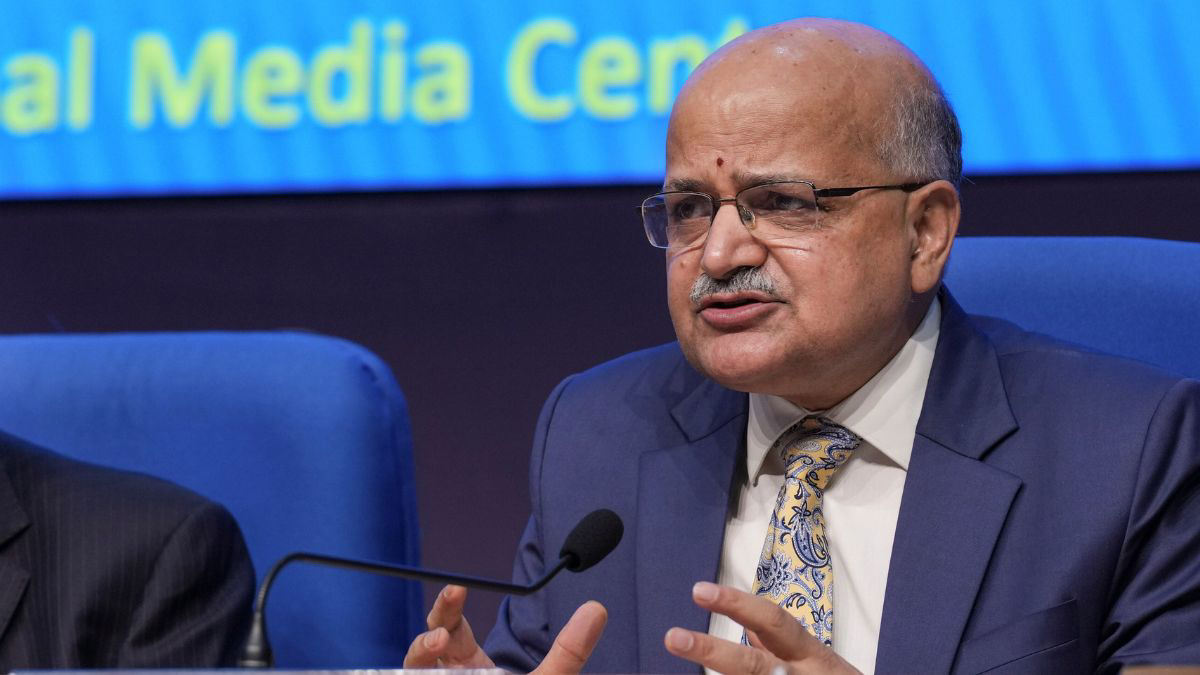
He also highlighted macroeconomic stability, a large consumer base, and structural reforms like GST, digital infrastructure, and the Production Linked Incentive (PLI) scheme as major contributors to India’s competitive edge.
Second Phase of Asset Monetisation on the Way
Subrahmanyam further announced that a second phase of the asset monetisation pipeline is in development and will be launched in August 2025. This initiative aims to unlock the value of public sector assets to fund critical infrastructure projects.
“It is only the US, China, and Germany which are larger than India, and if we stick to what is being planned and what is being thought through, in 2.5-3 years, we will be the third largest economy,” he added.
Vision 2047: A Blueprint for a Developed India
The meeting provided an opportunity to present the government’s long-term goals under the “Viksit Bharat@2047” initiative. The initiative seeks to see India fully developed by the country’s 100th anniversary of independence. Plans for Vision 2047 have already been prepared by 17 states. For example, Andhra Pradesh wants its economy to reach $2.5 trillion, while Gujarat wants it to reach $3.5 trillion.
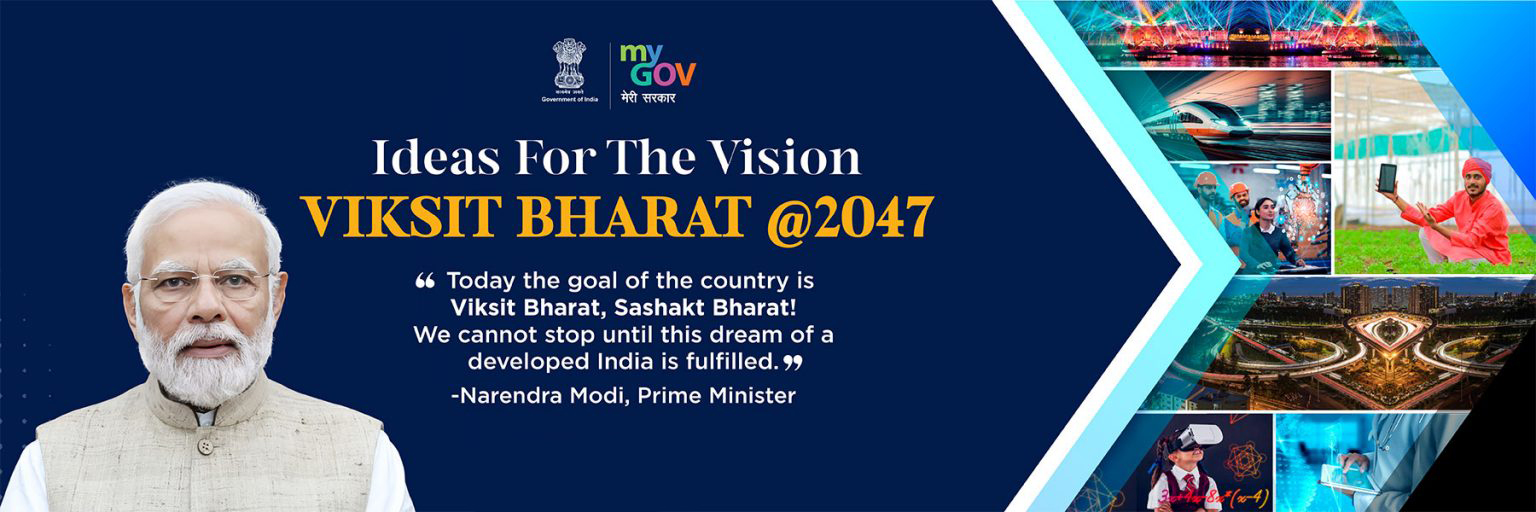
“This is the decade of the states,” Subrahmanyam said, underlining the importance of decentralised development. “Growth cannot happen only from Delhi, it must emerge from Hyderabad, Patna, Lucknow, and every district.”
PM Modi: Development Must Be a People’s Movement
The Viksit Bharat mission should be transformed into a national people’s movement, said Prime Minister Narendra Modi. “When every state becomes Viksit, Bharat will automatically be Viksit,” he said, highlighting the significance of cooperative federalism.
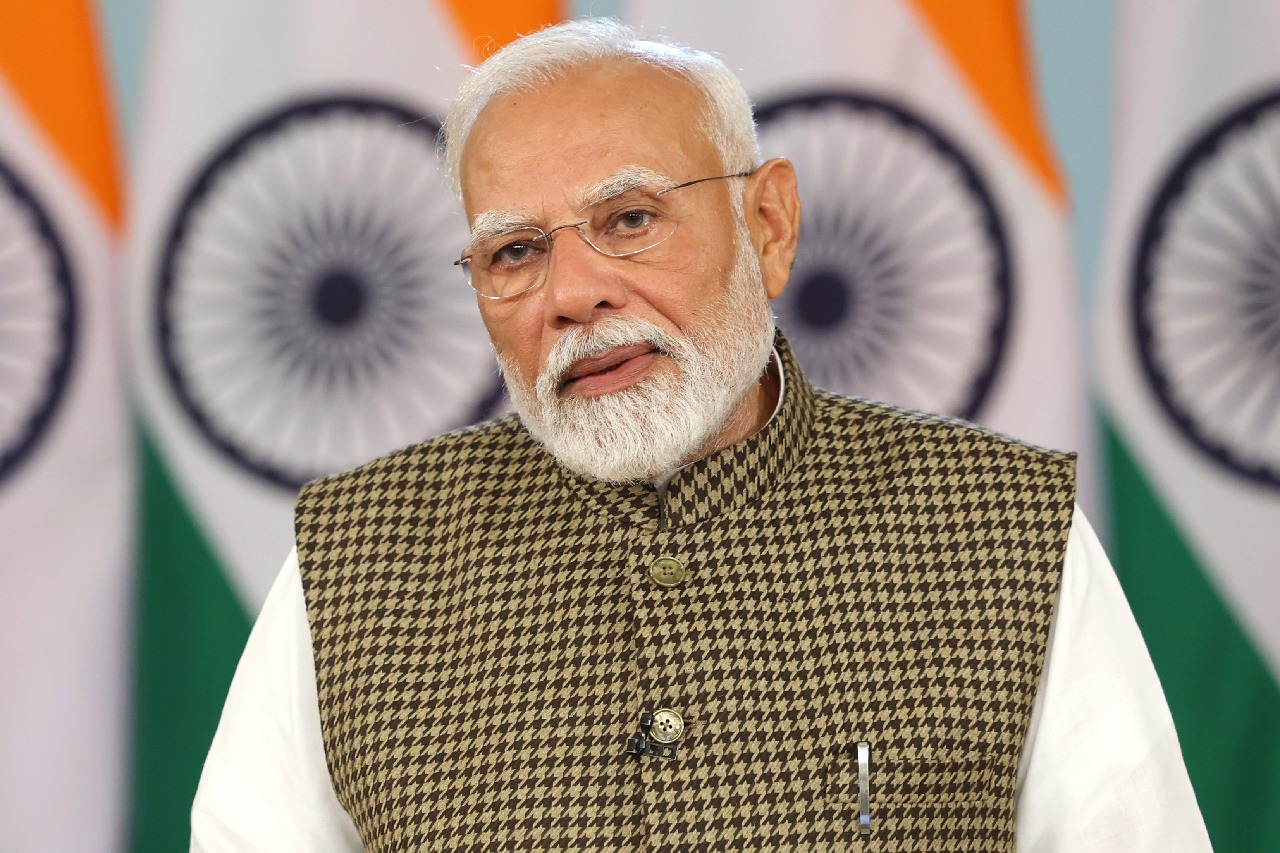
In order to realize this vision, he recognized eight fundamental pillars of transformation, ranging from tourism and green growth to urban innovation and women’s empowerment.
Urban Innovation and Skilling to Drive Future Growth
PM Modi called on all the states to construct resilient, innovative, and sustainable cities that are ready for the future. In order to take advantage of India’s demographic dividend, which is expected to be positive until the 2040s. He also advocated for greater efforts to integrate women into the workforce and to advance skill development.
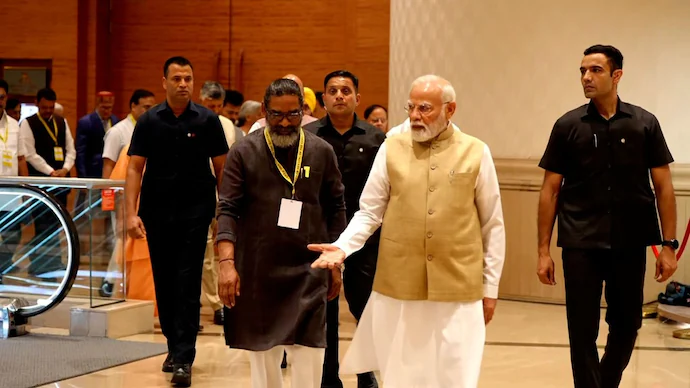
He further asked each state to create one world-class tourist destination to spur regional development. He also urged the states to embrace the “One State, One Global Destination” model to connect tourism with local development.
Civil Preparedness Gains Urgency Post Pahalgam Attack
The tragic terrorist attack in Pahalgam, Jammu & Kashmir, which claimed 26 lives, cast a solemn tone over the meeting. A minute’s silence was observed. PM Modi emphasised the need for long-term civil preparedness and robust health infrastructure, citing the lessons learned from COVID-19 and the military response seen in Operation Sindoor.
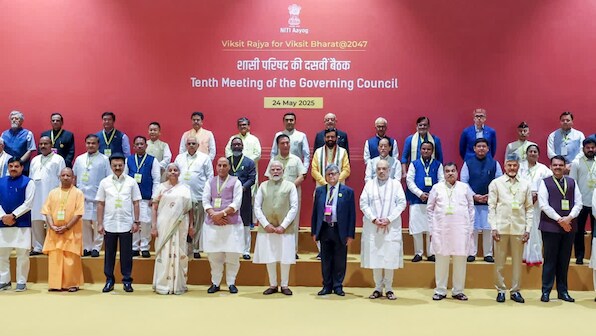
Five opposition-ruled states, Kerala, Karnataka, West Bengal, Punjab, and Delhi, were not present in the meeting. However, a number of non-BJP chief ministers attended the meeting in significant numbers. Tamil Nadu, Telangana, Himachal Pradesh, and Odisha engaged positively with the Prime Minister. This demonstrated a brief but significant halt in political differences for the benefit of the country’s progress.
Vice Chairman of NITI Aayog Suman Bery described the gathering as “a moment of national reaffirmation,” highlighting that “while we may differ in politics, the goal of a Viksit Bharat unites us all.”
Key Takeaways from PM Modi’s Address
-
Development must accelerate with Centre and States acting as “Team India.”
-
States must develop at least one global-standard tourist destination.
-
Women’s inclusion in the workforce is crucial and requires enabling laws.
-
Future-ready cities should be built on sustainability and innovation.
-
Robust disaster response and health infrastructure are non-negotiable.
-
Technology must be integrated across sectors, from farming to governance.

